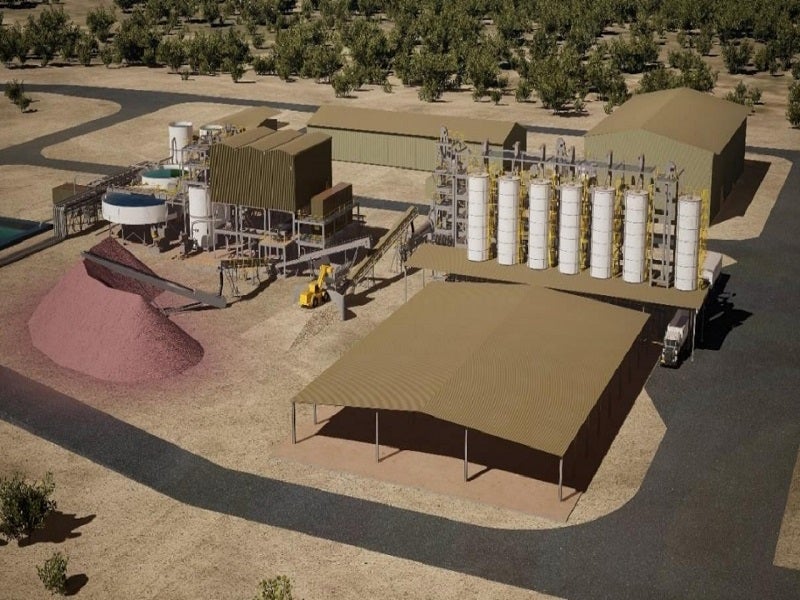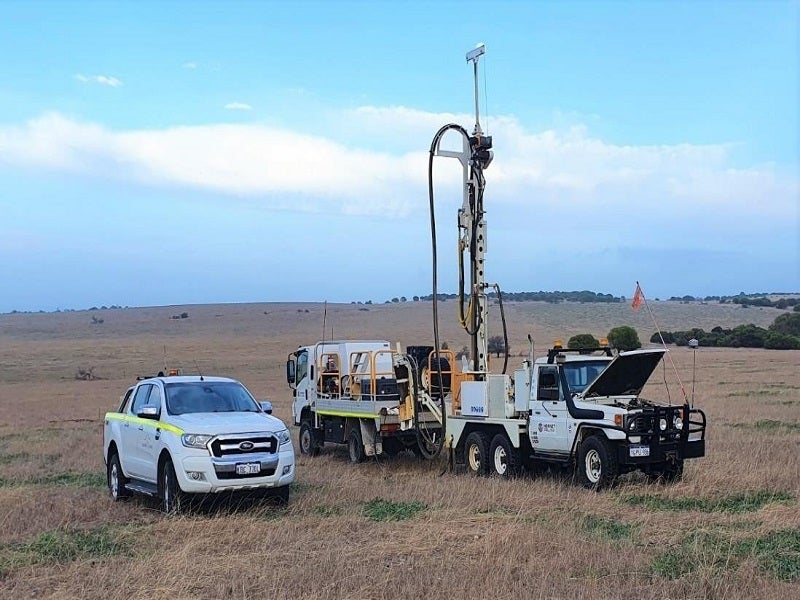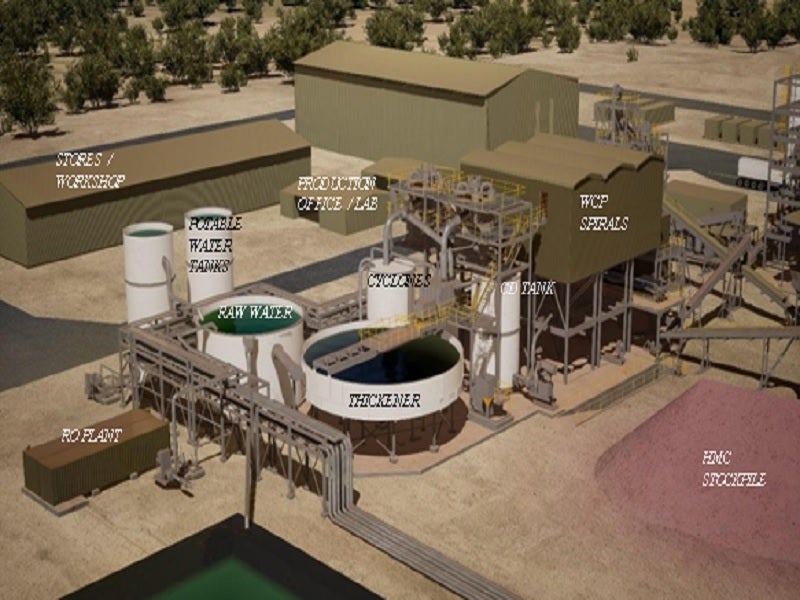The Lucky Bay Garnet Project (Lucky Bay) is located in the Midwest region of Western Australia. It is 100% owned by Australian diversified services provider Resource Development Group (RDG).
RDG reached an agreement to acquire Lucky Bay, formerly known as the Balline Garnet Project, in February 2021. Construction at the project site is expected to start in the third quarter (Q3) of 2021 and be completed within six months.
Preliminary on-site work is currently underway while a drilling programme was undertaken in the first half (H1) of 2021 to extend the project’s mineral resources. The project is anticipated to provide approximately 70 jobs during the construction period.
RDG’s major shareholder Mineral Resources is providing the technical support for the project. The garnet project is estimated to involve a capital cost of A$60m ($46.43m) and the first production is expected in the first quarter (Q1) of 2022.
The Lucky Bay project will have a production capacity of 130,000tpa of garnet, which will be exported to customers worldwide through the Fremantle and Geraldton ports.
Lucky Bay Garnet project location and geology
Lucky Bay is located between the regional centres of Kalbarri and Northampton, approximately 35km south of Kalbarri and 530km north of Perth. It is connected to the Port of Geraldton via the NW Coastal Highway.
The project tenements are contiguous with GMA Garnet Group’s existing garnet operation, which is the largest provider of high-quality alluvial garnet in the world.
The Lucky Bay garnet project constitutes Menari and Menari North heavy minerals (HM) deposits. The project area is hosted within a coastal limestone belt, known as the Tamala Limestone.
Mineral resources at Lucky Bay Garnet project
The measured mineral resource at the Menari deposit rose by more than 37% to 32.3 million tonnes (Mt), including a 35% increase in contained garnet to 1.4Mt, according to the resource estimate update announced in July 2021.
The total resources at the project site, including Menari North, increased to 438.8Mt while the contained garnet tonnage is estimated at 16.2Mt.
Mining at Lucky Bay
The mineral sands in the project area will be extracted from the dune deposit by employing traditional dry mining methods, including a combination of loader and dozer feed.
Topsoil will be removed as needed to limit open areas and stockpiled or returned directly to rehabilitation areas.
The mining operation will involve the use of front-end loaders to excavate the ore, which will be loaded into a mobile, in-pit mining unit. The ore will be added with water and oversize material will be screened out.
The wet-slurried ore will be transported to the wet processing plant (WCP) to produce a heavy mineral concentrate.
Ore processing at Lucky Bay
The mining unit plant (MUP) will be fed by a front-end loader at a rate of up to 600 tonnes per hour (tph) to meet the 3.6Mtpa capacity of the WCP.
The ore will be passed through a coarse vibrating screen before being transported to a trommel to remove any residual oversize material larger than 2mm. The fine sand will be slurried and pumped to the WCP.
The MUP feed will be deslimed in cyclones, while unmineralised sand will be removed in spiral circuits. The slimes will be transferred to solar drying pads constructed atop the sand tailings after passing through a thickener for water removal.
Dewatered sand tailings will be contoured after they reach the mining void. The slimes will be mixed with the sand tails while the stockpiled soil and vegetation material will be returned as part of the post-mining rehabilitation.
A mineral separation plant (MSP) will be established to further process the heavy mineral concentrate (HMC) produced from the WCP. The HMC will be dried in a rotary dryer and screened before being passed through magnets to separate the garnet from the HMC.
The leftover fine heavy mineral concentrate (FHMC), which contains ilmenite, zircon, and other HM, will be stored in stockpiles for bulk delivery to customers in the future.
Infrastructure of Lucky Bay Garnet mine
An all-weather gravel haul road will be built to connect the processing facility to an intersection at Grey Road by a dual carriage. Other access roads will also be built for mining and service operations.
A north-south production bore field near the proposed open pit will be used to meet the process water requirements of the operation.
A treatment plant will be installed to treat wastewater generated during operations.






